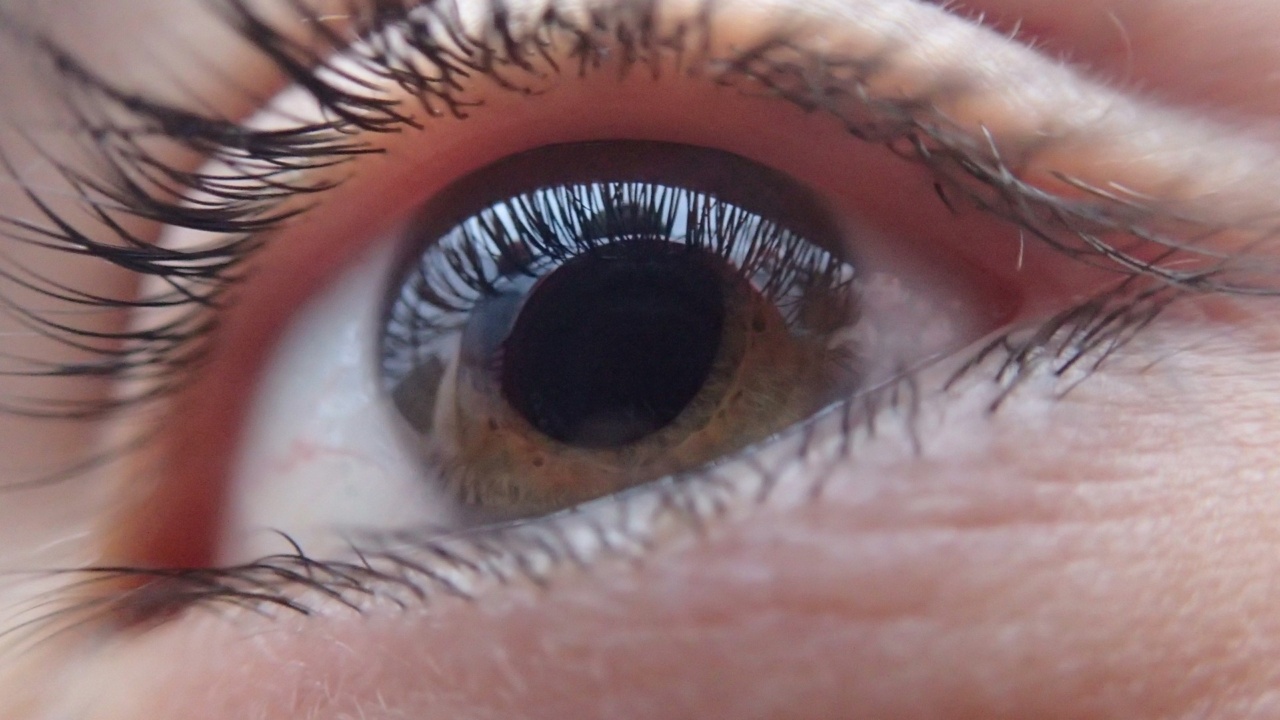The liver is a vital organ that plays a crucial role in various bodily functions, including metabolism, detoxification, and nutrient storage.
However, certain factors such as alcohol abuse, viral infections, obesity, and medications can lead to liver damage. In its early stages, liver damage may not exhibit noticeable symptoms, making it challenging to detect without medical intervention. Nevertheless, as the damage progresses, the liver’s appearance and function can be visibly affected.
This visual guide aims to provide an overview of the signs and symptoms of liver damage.
1. Jaundice
Jaundice is a common sign of liver damage that results in a yellowing of the skin and eyes. It occurs when bilirubin, a yellow pigment produced during the liver’s breakdown of red blood cells, builds up in the bloodstream.
The accumulation of bilirubin occurs when the damaged liver fails to filter it efficiently. Jaundice may also cause dark urine, pale stools, and itching.
2. Swollen Abdomen
Liver damage can lead to the accumulation of fluid in the abdominal cavity, a condition known as ascites. Ascites can cause abdominal swelling or bloating, making the stomach appear distended.
This symptom often occurs in later stages of liver damage and is attributed to portal hypertension, a condition where the blood flow through the liver is obstructed.
3. Spider Angiomas
Spider angiomas, also known as spider nevi, are tiny blood vessels that appear close to the skin’s surface. They have a central red spot with smaller blood vessels branching out, resembling a spider’s legs.
Liver damage and changes in hormone levels are often associated with the development of spider angiomas. While they can appear anywhere on the body, they are more commonly observed on the face, neck, and upper body.
4. Enlarged Liver
In cases of severe liver damage, the liver may become enlarged, causing discomfort in the upper abdomen. The enlargement occurs due to inflammation and scarring of the liver tissues.
A doctor can evaluate the liver’s size and condition through physical examination and diagnostic imaging tests such as ultrasound or MRI.
5. Fatigue and Weakness
Chronic fatigue and weakness are common symptoms associated with liver damage. When the liver is impaired, it cannot effectively filter toxins, leading to an accumulation of harmful substances in the body.
This toxic buildup can cause fatigue and general weakness, making it difficult to carry out daily tasks.
6. Nausea and Loss of Appetite
Liver damage can often lead to digestive issues such as nausea, vomiting, and a loss of appetite. The liver produces bile, which aids in the digestion and absorption of fats.
When the liver is damaged, bile production may be affected, resulting in these symptoms. Additionally, changes in metabolism caused by liver damage can decrease appetite and contribute to weight loss.
7. Easy Bruising and Bleeding
The liver produces clotting proteins that are essential for proper blood clotting. Liver damage can impair the liver’s ability to produce these proteins, leading to easy bruising and bleeding.
Minor bumps or injuries may cause larger bruises, and any cuts or wounds may take longer to stop bleeding. This symptom indicates a decrease in the liver’s ability to synthesize clotting factors.
8. Yellow Eyes
As mentioned earlier, jaundice is a common sign of liver damage. Along with yellowing of the skin, the whites of the eyes can also turn yellow. This condition, known as icterus, occurs due to the accumulation of bilirubin in the bloodstream.
9. Dark or Tea-Colored Urine
In liver damage cases, urine may appear dark or tea-colored. This change in urine color is caused by bilirubin, the same pigment responsible for the yellowing of the skin.
Bilirubin is excreted through urine when the liver’s ability to process it is compromised.
10. Mental Confusion and Personality Changes
Advanced liver damage can affect brain function, leading to a condition called hepatic encephalopathy. This condition arises due to the accumulation of toxins in the bloodstream that the damaged liver fails to filter out.
Symptoms of hepatic encephalopathy include mental confusion, memory problems, personality changes, and in severe cases, coma. These neurological symptoms require urgent medical attention.
In conclusion, liver damage can present with various visual signs and symptoms. Early detection and timely medical intervention are crucial to prevent further liver damage and improve prognosis.
If you experience any of these signs or suspect liver damage, it is essential to consult a healthcare professional for an accurate diagnosis and appropriate treatment.




























